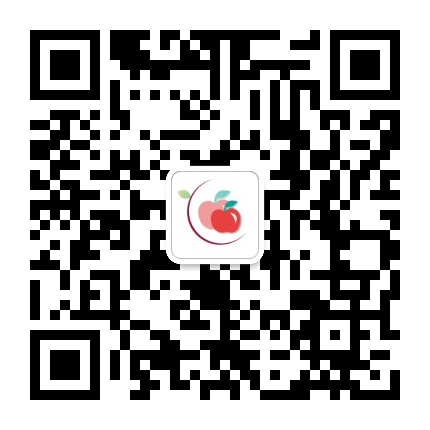iOS Signing A Beginner’s Guide to Apple Signatures
iOS signing is an important aspect of mobile application development that helps ensure app security. App signing involves adding a digital signature to an application’s code, which confirms the identity of the developer and guarantees that the code has not been tampered with or modified in any way. In this article, we’ll explore the basics of iOS signing and provide a beginner’s guide to Apple signatures.
What is iOS Signing?
iOS signing refers to the process of digitally signing an iOS app before it is submitted to Apple’s App Store. This signature confirms that the app was created and submitted by a specific developer and that its code has not been altered or tampered with. The signature also ensures that the app is not able to run on a device that has not been authorized by Apple. Essentially, iOS signing establishes trust and security between the app store and the app developer.
Types of iOS Signatures
There are two main types of iOS signatures: Apple signatures and enterprise signatures. Apple signatures are used for apps that are submitted to the official Apple App Store and are intended for public distribution. Enterprise signatures, on the other hand, are used for in-house enterprise apps that are developed and distributed internally within an organization.

The Apple Signing Process
The Apple signing process is relatively straightforward. Once an app has been developed and is ready for distribution, the developer creates a certificate signing request (CSR) using Apple’s developer tools. Apple then uses this CSR to create a digital certificate that is unique to the individual developer or development team. This certificate is then used to sign the app’s code, which verifies its authenticity and allows it to be distributed through the official App Store.
The Enterprise Signing Process
The enterprise signing process is similar to the Apple signing process, but it is intended for use with in-house enterprise apps. Once an app has been developed, the developer creates a certificate signing request (CSR) using the organization’s developer tools. The digital certificate is then created and signed by the organization’s certificate authority (CA). This certificate is then used to sign the app’s code, which enables it to be distributed internally within the organization.
Conclusion
iOS signing is an essential aspect of mobile app development, and it ensures that apps are secure and trustworthy. Understanding the basics of iOS signing, including the different types of signatures, and the signing process can help developers create and distribute reliable and trustworthy apps. By following best practices and guidelines for iOS signing, developers can ensure that their apps are successful and well-received by users.



